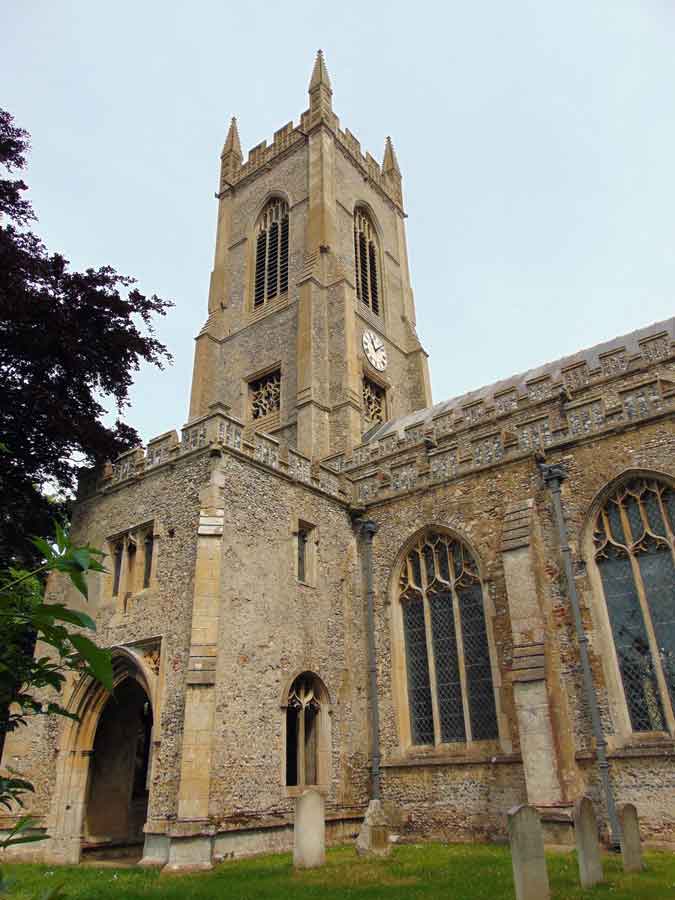
A short #Thread about markings on historical buildings.
With Halloween fast approaching my inbox begins to fill up with people sending me pictures of strange markings - wanting to know whether they have found 'witch marks'. 1/11
With Halloween fast approaching my inbox begins to fill up with people sending me pictures of strange markings - wanting to know whether they have found 'witch marks'. 1/11

Firstly, 'Witch marks' isn't a term we use these days. It was invented by a journalist only a few decades ago & is just plain wrong. The marks have nothing to do with witches - but were thought to deter evil, or just be plain 'lucky'. 2/11 
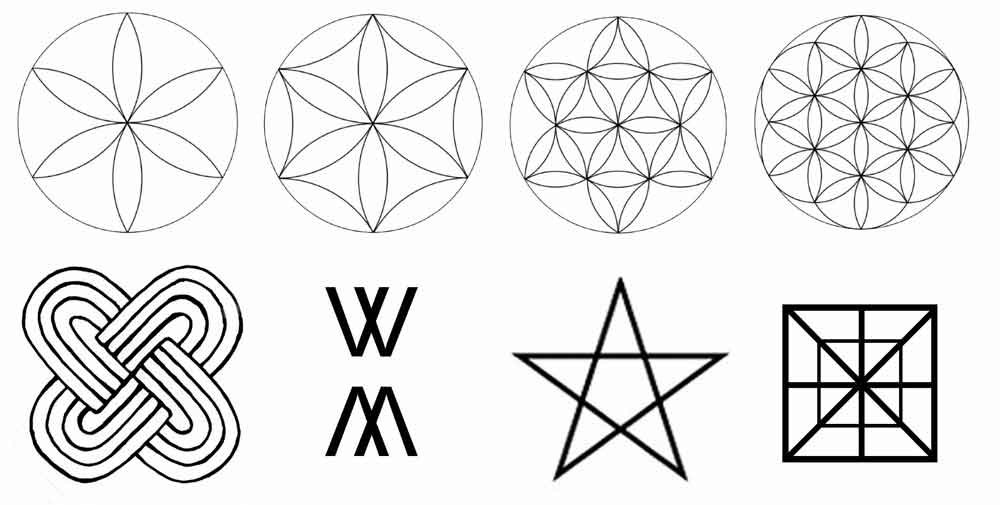
The thing is, most of the images I get sent aren't apotropaic marks at all. Sometimes I get sent images such as this - which is in fact an 'Ordnance Survey Benchmark'. You can read about them here - ordnancesurvey.co.uk/benchmarks/ 3/11 
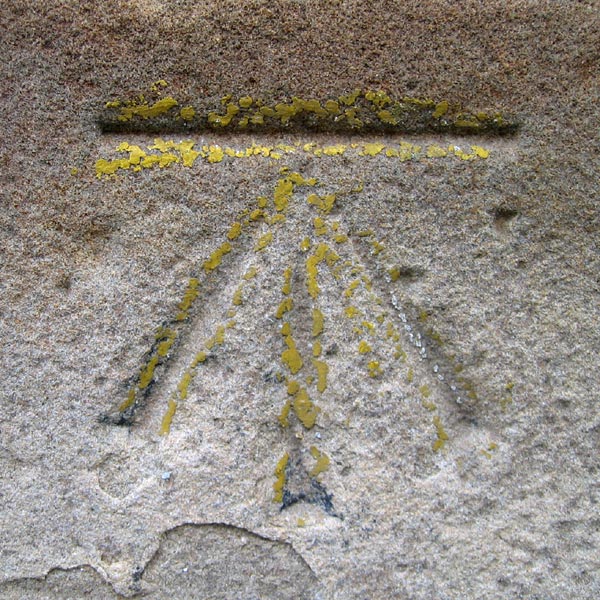
Mostly, however, the markings I get sent are actually 'carpenters marks'. These are the marks made by the carpenters during the actual construction process. Far more interesting than boring old ritual marks. Trust me on this. 4/11 
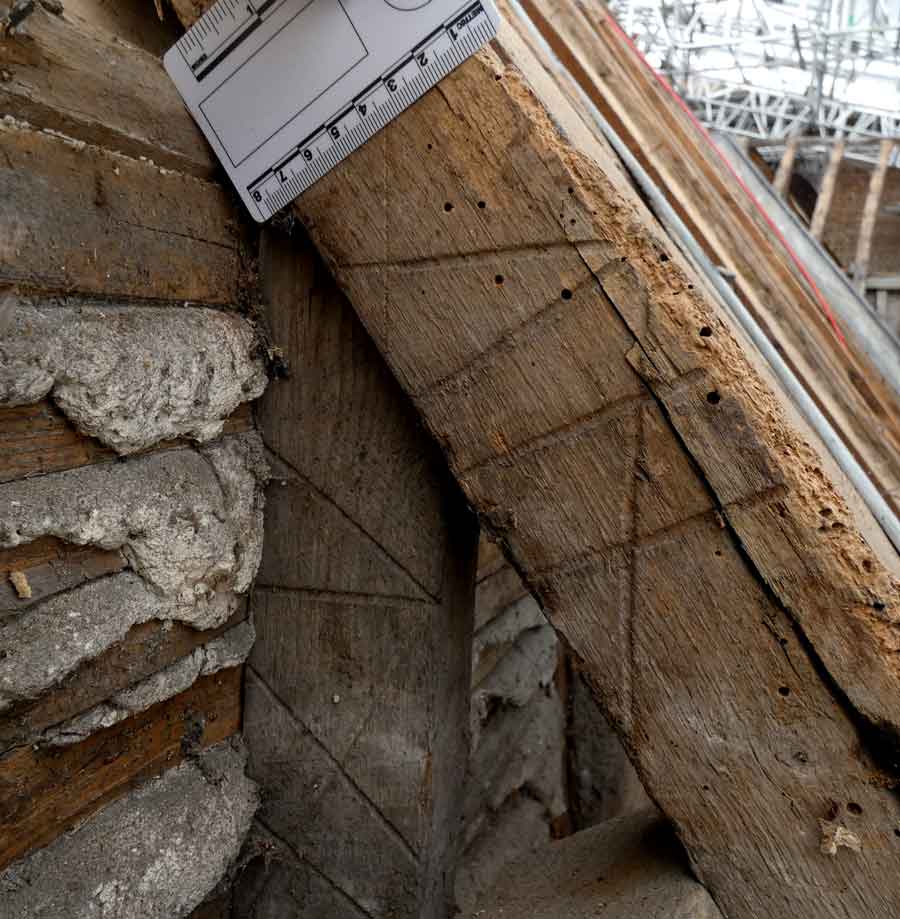
So what are these marks?
Well, the carpenter's would build their timber frame on the ground, before putting it in position. They would mark each timber and joint with an individual mark. In this way they could ensure that when it was finally reassembled it actually fitted. 5/11
Well, the carpenter's would build their timber frame on the ground, before putting it in position. They would mark each timber and joint with an individual mark. In this way they could ensure that when it was finally reassembled it actually fitted. 5/11
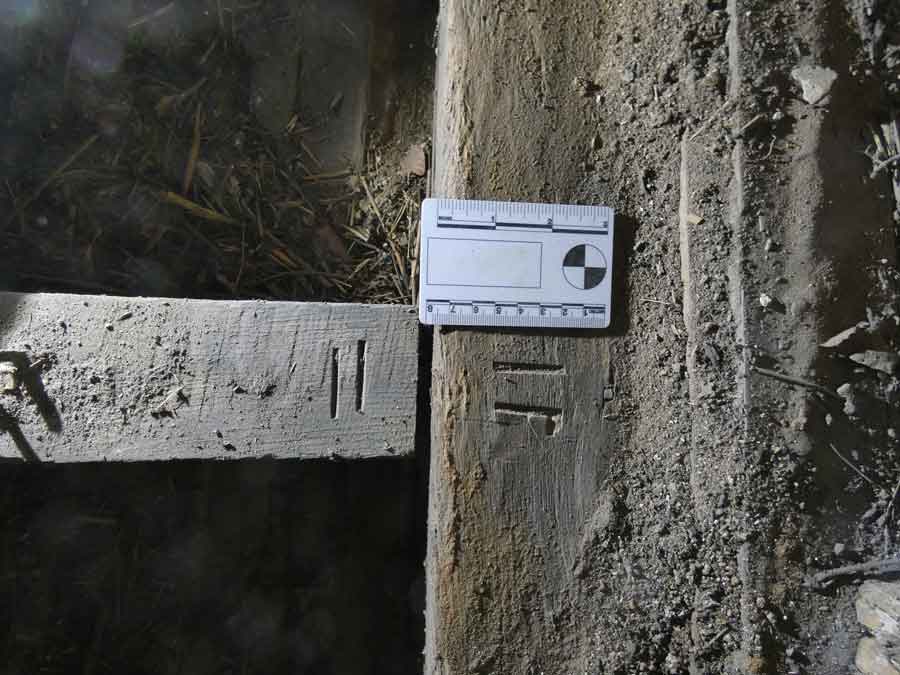
They can also take a wide variety of forms, some being scratched, others cut neatly with chisels, and there are no completely set patterns - just some things that are commoner than others.
There are no rules - just guidelines. 6/11
There are no rules - just guidelines. 6/11
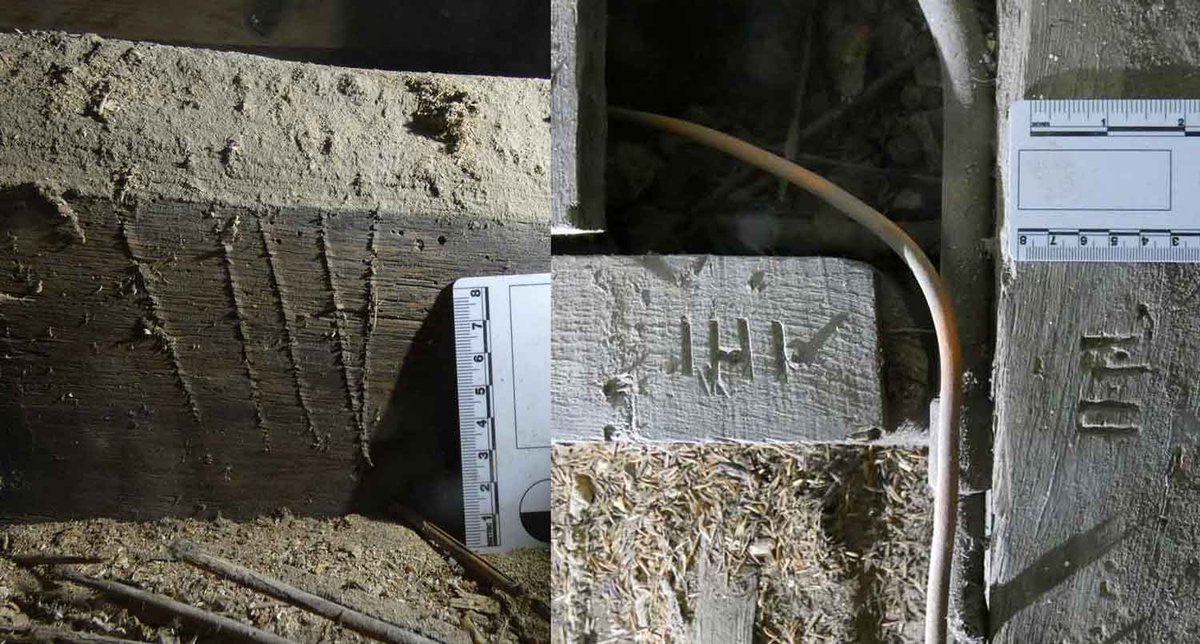
Most usually the early examples are loosely based upon Roman numerals - XII, VIII, IX, etc - as these are easily made using a chisel. However, there are a few examples known about where Arabic numerals were used - even quite early on. 7/11 
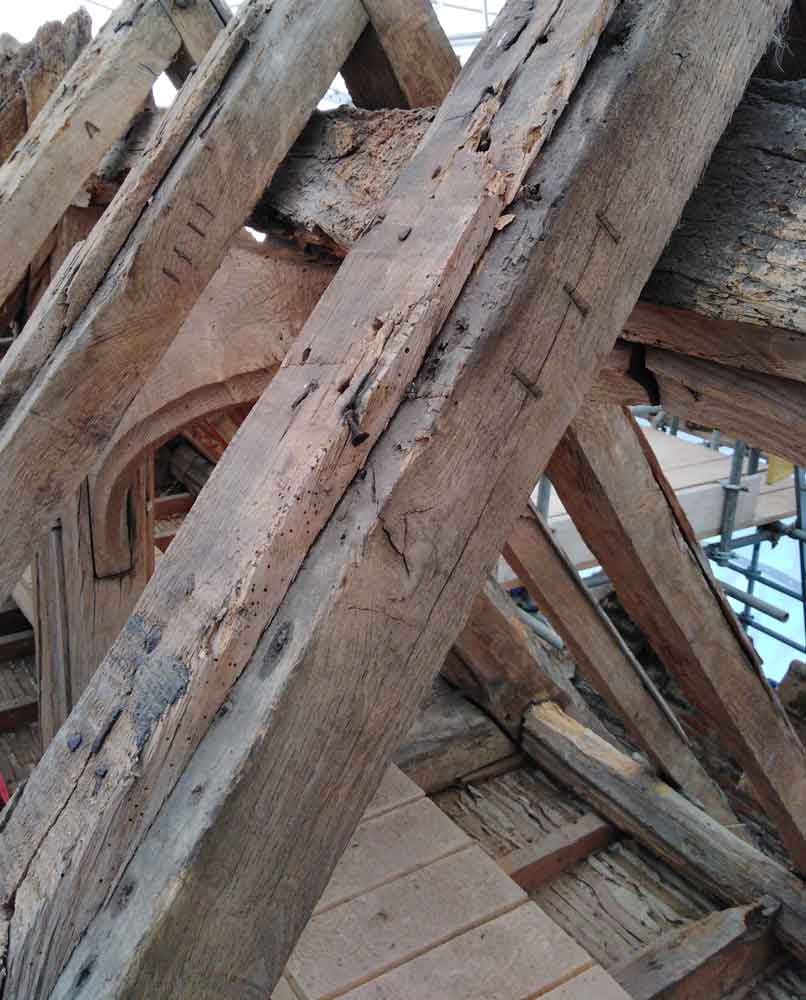
In a symmetrical building, where the same joints appear on both sides, you will sometimes find that one side displays typical Roman numerals, whilst the other will have the same numerals with an extra little 'tag'. A way of differencing the left from the right of the frame. 8/11 
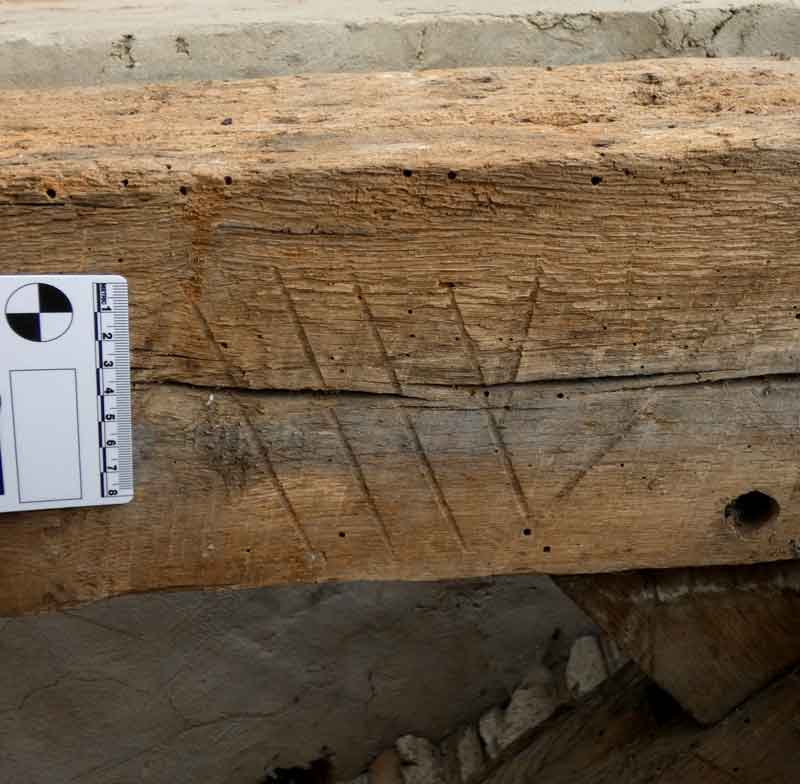
You also quite commonly get examples that are a mixture of lines and circles - the circles being created with a carpenter's raze knife - and these are the ones most likely to get mistaken for ritual protection marks. 9/11 
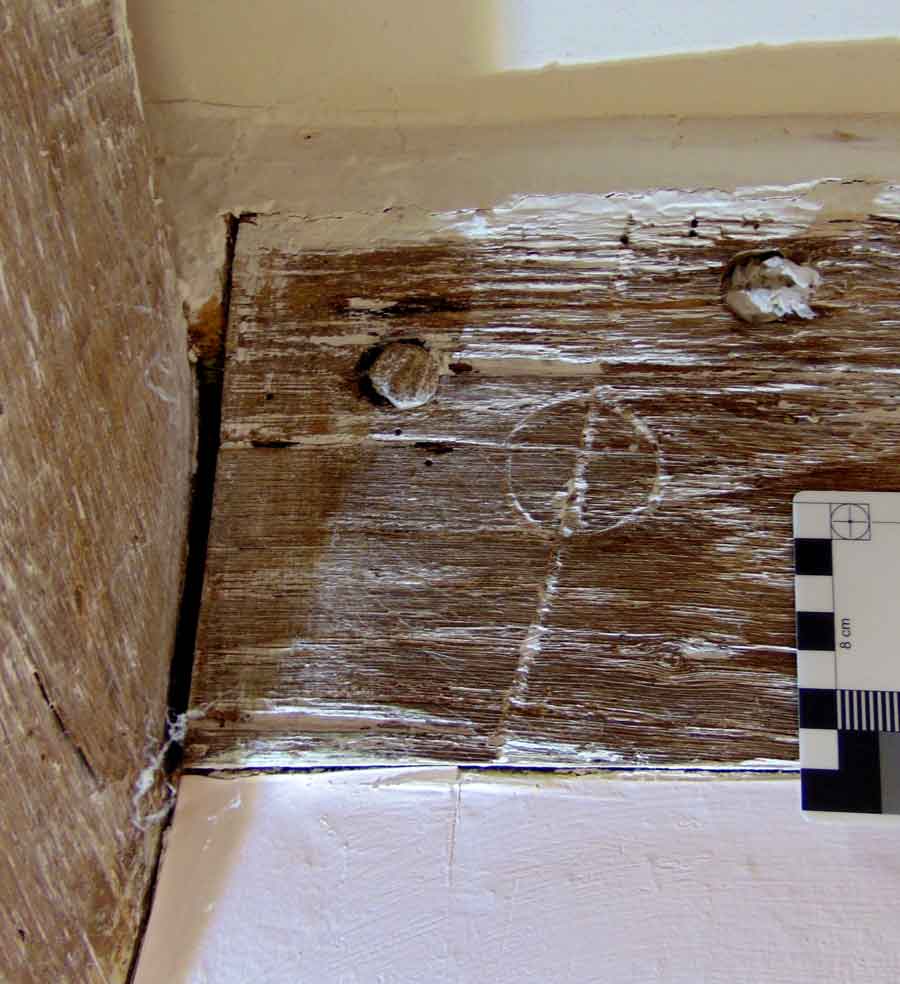
These markings are incredibly useful to a buildings archaeologist. They can give you a chronology for how a house was actually built, how the builders tackled the project, and what changes have taken place over time - or haven't. 10/11 
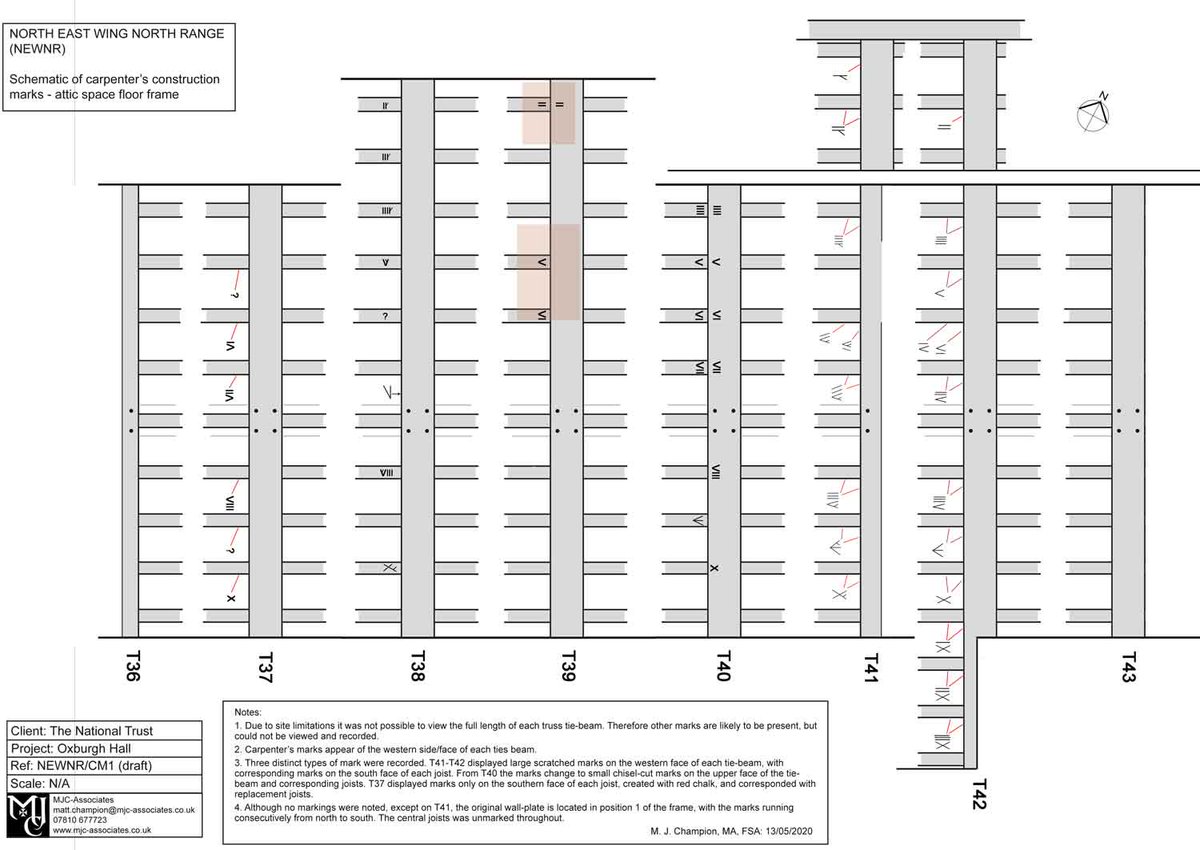
So this Halloween, whilst everyone is going on about bloody 'witch marks', spare a thought for the humble carpenter's marks. The marks left by honest craftsmen as their construction blueprints, and their own modest legacy to history. 11/11
medieval-graffiti.blogspot.com/2020/10/witch-…
medieval-graffiti.blogspot.com/2020/10/witch-…
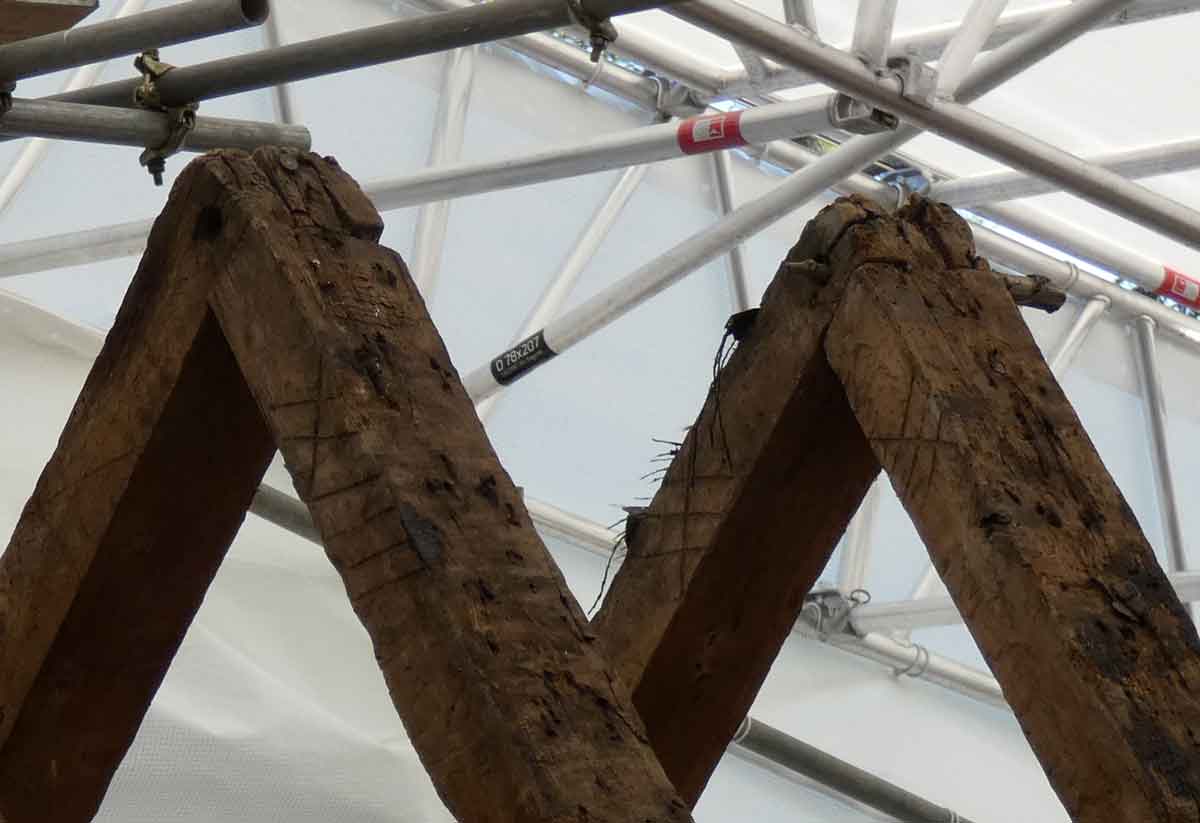
• • •
Missing some Tweet in this thread? You can try to
force a refresh





